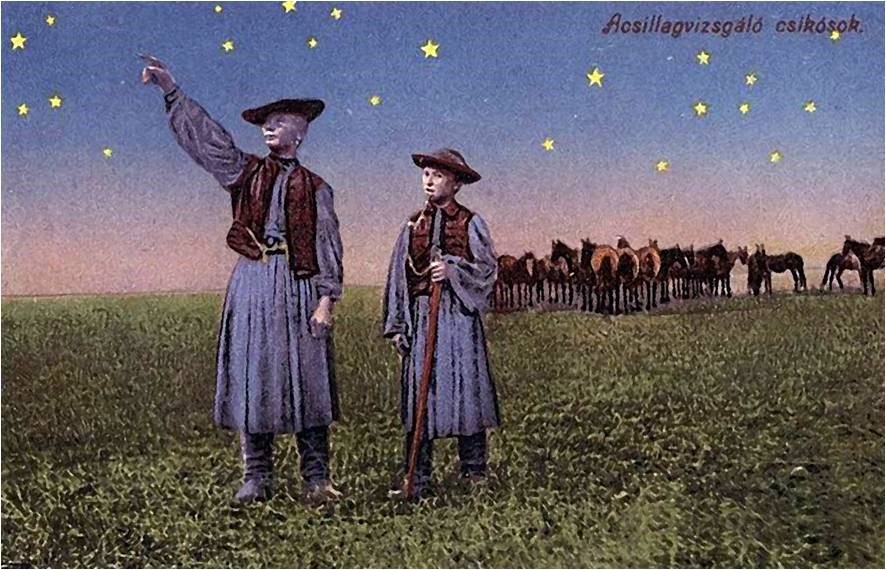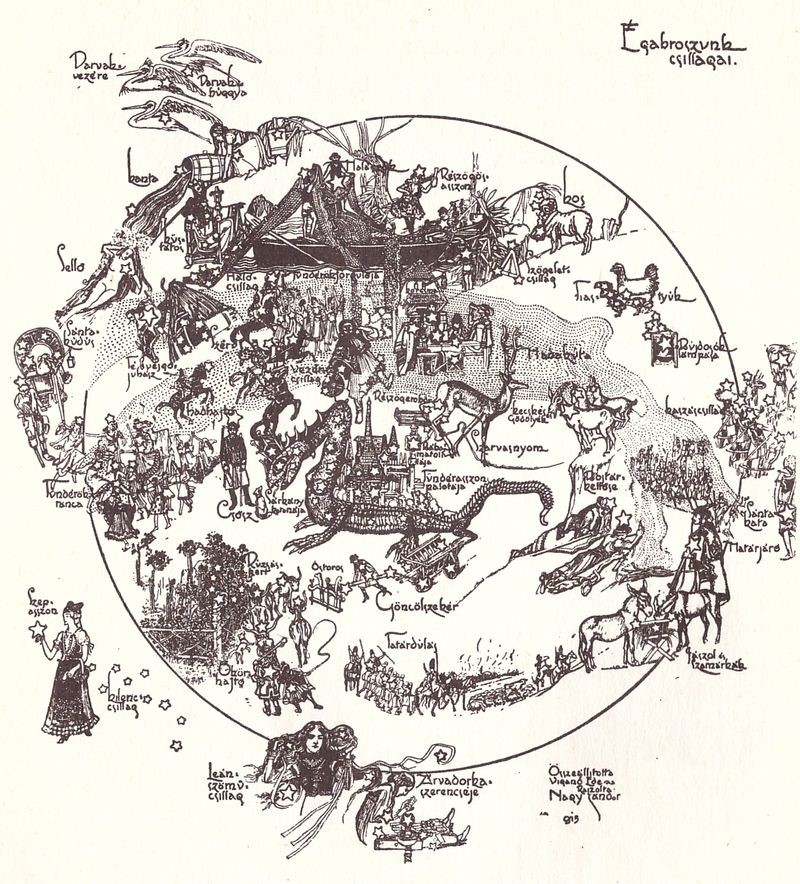The Hortobágy National Park was announced as a Silver Tier International Dark Sky Park in 2011 but the park was already recognized internationally as a World Heritage site (since 1973), a Ramsar site, and a Biosphere Reserve, with the addition of the IDSP award, places Hortobágy National Park in a league of its own in Hungary and more widely in Europe.
The National Park is fantastic, not only for bird watching and for the areas’ unique environment but also and consequently, for stargazing, this is partly because the area is mostly uninhabited by humans and the landscape is completely flat, unobscured by powerlines, trees or light pollution. The completely flat horizon allows for an almost complete dome of the night sky.

In order to protect the view of the night sky, the Hortobágy National Park has upgraded the lighting system to limit light pollution. The management has also created binding regulations for neighbouring municipalities and farmers for any future project in proximity to the park.
The Herdsmen of the Park have a rich cultural history, greatly impacted by the landscape and the vast night sky. Herdsmen believed that they are at the center of the world. It is a unique example of a natural and cultural landscape both created and sustained by shepherding practices. The park both preserves and showcases the relationship between man and nature, a way of life that has existed for 1000’s of years (Hortobágy has been an open pasture since the copper age 5000 years ago).

The celestial knowledge of the shepherds of the Puszta was extensive because they used to graze their flocks on the plains (pusztas), far from settlements, using the stars to navigate, orienting themselves in terms of space and time with the assistance of star constellations.
While only a small permanent population exists today, there are hundreds of shepherds grazing their flocks locally between the months of April and October. Their traditional shepherding practices, social customs and craftsmanship are also part of their unique heritage and a big draw for tourism.
Globally when considering navigation by stars, one naturally thinks of navigating the oceans, but here in Hungary the saying “To navigate like a Shepherd” is to be exceptionally knowledgeable about the stars. What remains of this knowledge is part of the culture of the Shepherds, some tales of the night sky, and their traditional names for night-sky objects were collected and written down at the end of the 20th Century.
Astronomical Traditions of the Shepherds – Examples.

| Modern Name | Shepherd’s Name | Purpose |
| Venus | Evening Star | Arrival of evening |
| Ursa Major (the Big Dipper or Plough) | A wagon with four wheels and a curved shaft made out of three stars. Used to determine the hour of the night and the direction of North | |
| Pleiades | Determines the type of work to be carried out according to the time and season | |
| Orion | Kaszáscsillag/ Kaza hug | Reaper constellation, three adjacent stars of Orion determine the particulars of the area for reaping the harvest |
| Venus | Félkenyér (Half breed) | Located close to the end of the wagon handle provided a warning to bring in the cattle from grazing at night to protect from thieves. |
| Milky Way | “Road of Armies” (translated) | The direction of the armies that left Asia that led to Hungary. Also used as a comparison of the age of an old woman to the number of stars in the Milky Way in folk law. |
| The Moon | St.David sits upon the moon and plays volin or harp. Moon is Vital for weather forecasting |
The People of Hortobágy believe that shooting stars (meteors entering the earth’s atmosphere) foretell the death of men, women, and children depending on their brightness. Comets can also be regarded as stars and can foretell of wars.
Many beliefs still exist, handed down by word of mouth, from father to son, mother to daughter. To learn more about the Astronomical traditions of Shepherds and witness the night sky of Hortobágy, join a tour organized by The National Park. The organization organizes nighttime stargazing walks, special interpretation programs related to the Dark Sky Park values, and good lighting practices.
There is great interest from the general public in attending these nighttime adventures.
Astronomy became part of the park’s Field Study Center’s curriculum. A public astronomical observatory is also part of the Center.

Source: Astronomicalheritage.net